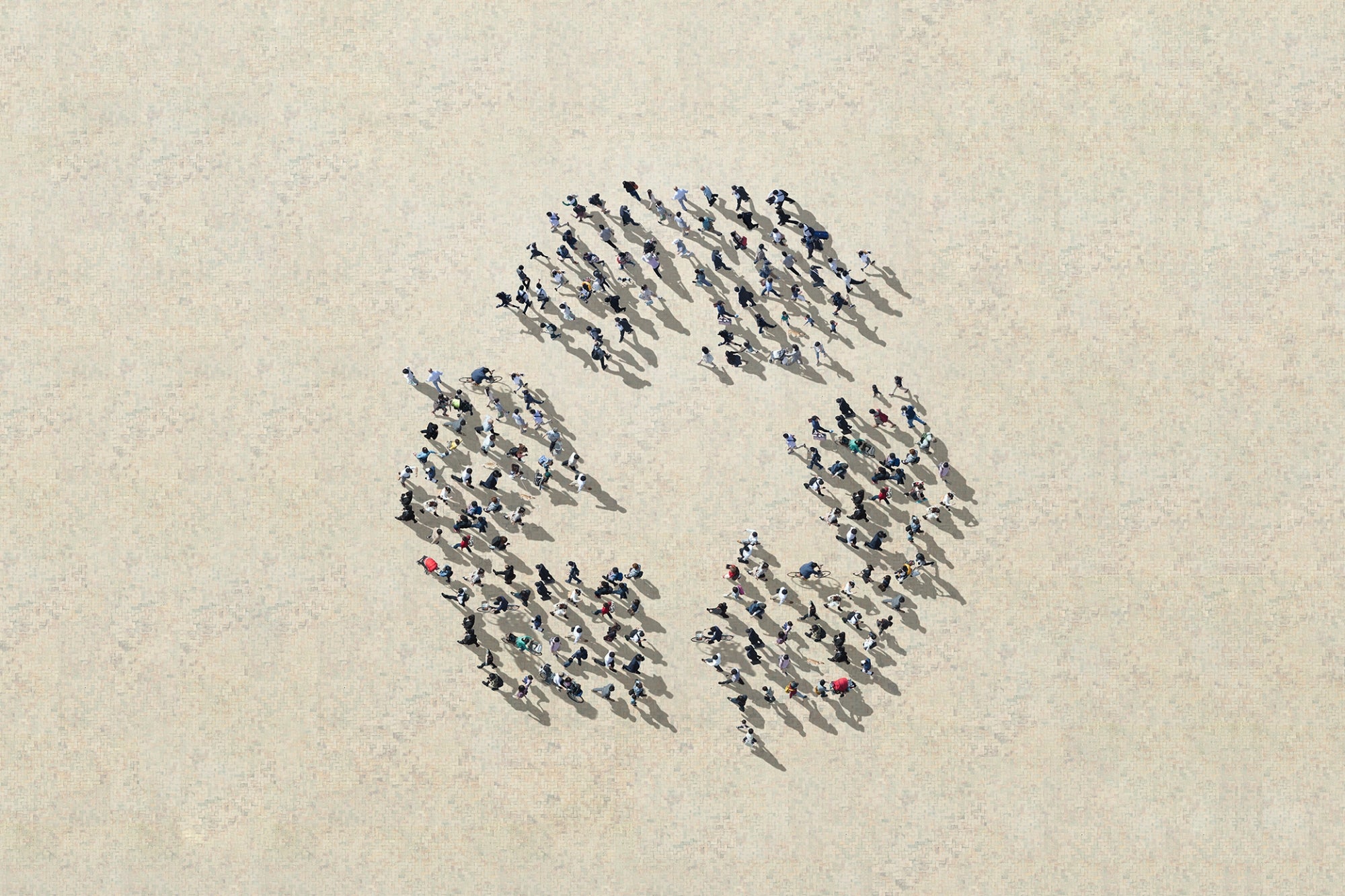Access to Data Is Great, but It's How You Communicate It That Matters Sharing information in real time empowers workers to act
By David Levin Edited by Dan Bova
Opinions expressed by Entrepreneur contributors are their own.

Remember Michael Jackson at Motown 25?
After reuniting with his brothers to sing some old hits, he ushered them off stage, donned his signature fedora and declared that as great as those times were, "I like the new songs!"
I'm no singer, but I feel a similar vibe when it comes to sharing information in the work place. I like new ways of communicating.
In our everyday work routine, too many managers use the wrong tools to connect with employees. It's amazing how many spreadsheets are stranded on network shares or cloud drives. Some businesses think they've solved the problem by implementing an expensive Business Intelligence system with fancy dashboards, but often they are ignored, too. And even when someone does log in, the charts offer stagnant analysis rather than a call to action.
Related: 3 Things Business Owners Need to Know About BI
You wouldn't carve a turkey with a butter knife or compete in NASCAR in a Toyota Prius, so why would you use a spreadsheet or dashboards to inform employees or to motivate them to rally around goals? Effective communication today means displaying data in a way that makes information actionable -- where your workers can do something with it now.
Every business has data that it cares about, from factories that want to be more efficient to logistics companies that want to deliver products faster. The more that companies focus workers on metrics, the more productivity increases and the sense of team grows.
Americans spend nearly half their day getting information from screens, not counting time at work. It only makes sense to communicate with workers in a manner that is familiar to them. However, creating a data-driven culture is not as simple as mounting large screens on walls; the content must be useful and compelling. I believe workers want to be on a winning team. Show them how to do it!
Here are five ways to use screens to create that culture:
1. Be simple.
A large manufacturing client was looking for employees to make safety its top priority and installed a large LED display leading up to its factory with simple data on it: days since the last accident and key safety metrics. Simple displays using data in this way can imprint important messages to staff and pull teams together. In this case, employees would start the day reminded to carry out their work in the safest way possible. It's a straightforward reminder, but if it results in lower compensation claims and fewer work stoppages, that's a win for management and employees.
Related: 5 Misconceptions Small-Business Owners Have About Big Data
2. Be helpful.
Directing employees to a spreadsheet on a shared drive to see performance results distracts them from their work. Creatively displaying data in real time and with effective visualization is the most efficient internal method of communication. The great thing about data is you get to decide how you want it to look and the message you want to send. Think hard about it.
3. Be direct.
Show daily goals for staff. That visualization should also flag when a team is running behind its goals, alerting a manager to take action to remedy the situation. Millennials and Gen Z workers -- now the majority of the workforce -- love leaderboards that allow them to compete as if work were a game. Nike's 200-meter interactive screen, which allows runners to have a virtual race against themselves, is a case in point.
Related: Does Open Data Really Empower Consumers
4. Be relevant.
Displays should be customized for the teams sitting around them; the information a sales staff requires is different from what is helpful for a customer service unit. And since data visualization can be centrally managed, supervisors can monitor all screens from an app on their smartphone or tablet. That makes walking the company floor to locate problems a thing of the past. Now, data is in the palm of the manager's hand, saving valuable time in getting the right resources to the right place.
5. Be unpredictable.
Once something becomes routine it is just white noise. Break up the day with unexpected information, such as animated celebrations when milestones are met, or even sports scores that staff might otherwise seek out on their phones. Include personal touches like photographs to mark professional achievements, anniversaries or group work outings. Allowing staff to post snaps of a favorite lunch joint adds a social component that people appreciate.
If you want the workers of the 21st century to be more engaged and productive, displaying data in creative and actionable ways is essential and not that hard. It is a lot of fun, too.











